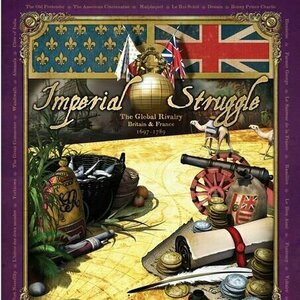
Lonely Planet USA
Regis St. Louis, Lonely Planet, Amy C. Balfour and Sandra Bao
Book
Lonely Planet: The world's leading travel guide publisher Lonely Planet USA is your passport to the...

Imperial Struggle
Tabletop Game
In 1697 the Sun King, Louis XIV, emerged from a decade of war with his Continental ambitions still...

Head of State
Games and News
App
PLOT YOUR RISE TO POLITICAL DOMINATION! Frustrated by the pathetic dummies ruling the country?...

A Very Private Celebrity: The Nine Lives of John Freeman
Book
John Freeman was one of Britain's most extraordinary public figures for over half a century; an...

MegaBet Nigeria Sports Betting
Sports
App
MegaBet Nigeria Sports Betting app. Join MegaBet, Nigeria's leading sports betting service....

Lonely Planet France
Lonely Planet, Stuart Butler, Nicola Williams and Oliver Berry
Book
Lonely Planet: The world's leading travel guide publisher Lonely Planet France is your passport to...

Lonely Planet Australia
Lonely Planet, Brett Atkinson, Meg Worby and Kate Armstrong
Book
Lonely Planet Australia is your passport to the most relevant, up-to-date advice on what to see and...

Lonely Planet Los Angeles, San Diego & Southern California
Lonely Planet, Adam Skolnick, Sara Benson and Andrew Bender
Book
Lonely Planet: The world's leading travel guide publisher Lonely Planet Los Angeles, San Diego &...

Thailand
Lonely Planet, Mark Beales, Tim Bewer and Joe Bindloss
Book
#1 best-selling guide to Thailand* Lonely Planet Thailand is your passport to the most relevant,...

The City Always Wins
Book
'Omar Robert Hamilton brings vividly to life the failed revolution of 2011 on the streets of Cairo,...